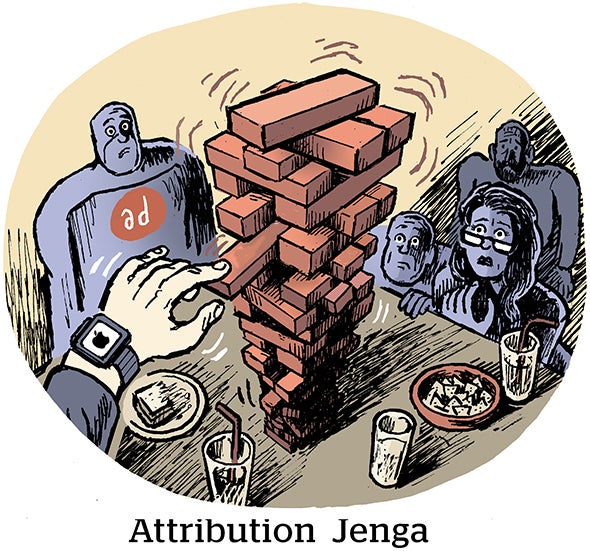Faced with an overwhelming amount of messages coming from a variety of brands, consumers are feeling a newfound sense of “ad fatigue” – and their shields are going up. Spam filters, junk filters, unsubscribing and even the safer-havens of social networks are customers’ new weapon of choice, as many no longer view marketers as their advocates, but rather their adversaries. They are taking more control in ways that lessen the marketers’ ability to even reach them, let alone influence their decisions.
Ultimately, it’s us as marketers that are at fault as the top two drivers of opt-out are the frequency and relevancy of our communications. Yet, over the years our marketing and product teams have long considered email to be somehow “free.” We have ended up with a mindset that more communications must result somehow in more responses, which must result in more sales. As a result, we’re bombarding our customers with messages, rather than acting on our customer’s true best interests. And this is exactly what is driving our customers away.
As just one example, a recent telecommunications industry survey conducted by the ECSP Europe Business School in partnership with Pitney Bowes Business Insight echoed this claim: only 40% of customers trust their mobile provider’s communications.
The Impact of Opt Out Customer Lifetime Value
The bottom line is that, through opt-outs, virtual and mental, customers are revoking businesses’ permission to communicate with them. Consumers now want, and expect a two-way dialogue that focuses on them individually. Now, when they perceive that businesses are too busy striving to transact to have a true conversation, they are taking their conversations elsewhere.
The short-term, quick-hit mentality of most marketing campaigns backfires. Harvard Business School Publishing puts it well: “If firm profits are high for one year, but during that year the core customer base has been alienated, the firm’s prospects of repeating that strong performance are significantly diminished.”
Clearly opt-out is more than just a “compliance” issue. As the importance of understanding customer lifetime value increases, we need to rethink the way we measure campaign success. When a customer opts-out, it in essence silences an organization’s ability to proactively influence customer value through the affected channels. To this end, strategic marketers need to track their opt-out rates as closely as they monitor their campaign leads.
To bring this home to what this might mean to you and your own organization, think of your last marketing campaign and the opt-out that resulted. What was your opt-out rate compared to your response and conversion rate? What about those that have flagged your email as junk and have in essence opted out, but have not told you? If you consider the lost lifetime value of those that have opted out, has your campaign made money, or has it lost money?
It’s About Dialogue
Note also that opt-out’s effect is cumulative. Campaign managers often view their campaign as a one-time event, however, true dialogue happens over time. In reality, each campaign continues an iterative conversation between a brand and its customers, and the impact of one campaign’s opt-out is directly felt by the next campaign and every one that follows.
Combine this with other issues, such as missing or inaccurate data, customers flagging your email as junk in their email (i.e. opting out, but just not telling you), and the result is a significant “unreachable” segment. To illustrate the impact this can have on the marketing department’s ability to generate revenue, we have seen this unreachable segment can be as “little” as 15%, to as much as 55% of an organization’s customer base. How much is this silence costing your business?
Opening the Door to Get your Opt-Outs Back
Fortunately, there are ways that we can in fact re-engage with our opt-outs. Though too few are taking advantage of this opportunity, we can still interact with our opt-outs at the individual level across all of our inbound touch points (including call centers, branches, Web sites, mobile devices) and even our transactional touch points (including monthly statements and point of sale).
These customer interactions represent the perfect moment to engage, retain, sell and service. Next, we must make sure we deserve their trust. This needs to be done carefully, by listening and capturing individual preferences as part of an overall opt-out management strategy.
Marketing departments have been ignoring the opt-out problem for too long; it is time to focus on optimizing opt-ins as well as the hits or responses generated by a campaign. Marketers need to analyze the situation closely to understand what is driving customers to cut them off and they then need to take the necessary steps to preserve those relationships. If marketers begin paying closer attention to opt-out and devise a comprehensive strategy to manage it, they can increase revenue and customer satisfaction in one fell swoop.
Jeff Nicholson is vice president of product marketing, CAI, Pitney Bowes Business Insight.



